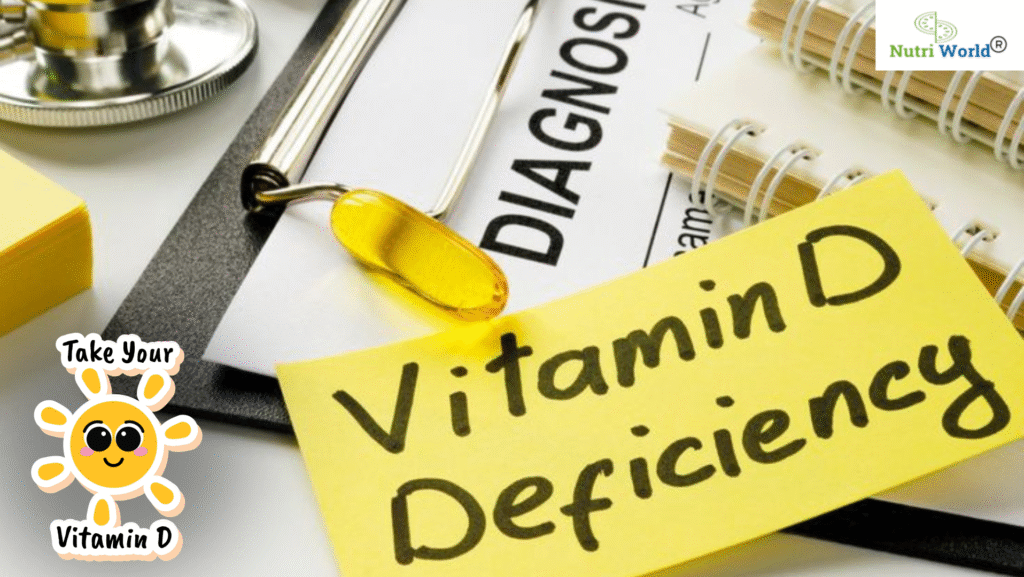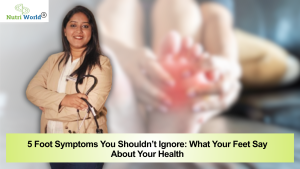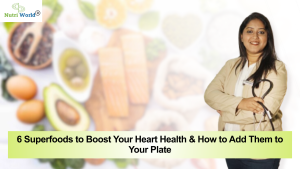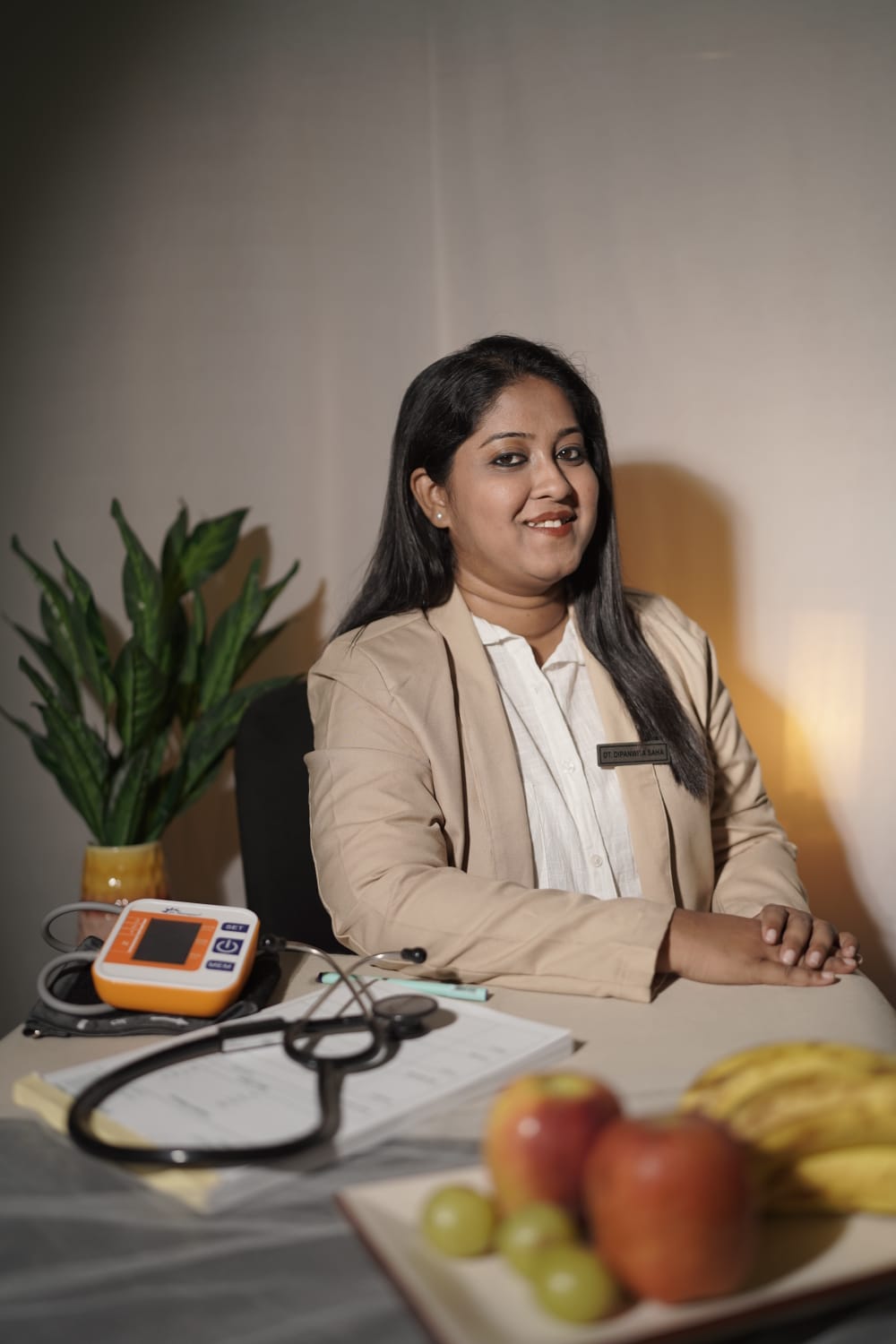India, a land blessed with abundant sunlight, surprisingly faces a silent health crisis—vitamin D deficiency. Recent studies reveal that every fifth Indian suffers from inadequate levels of vitamin D, a condition that often goes unnoticed but significantly impacts bone strength, immunity, and overall well-being.
Vitamin D, often referred to as the “sunshine vitamin,” plays a crucial role in calcium absorption, bone health, immune function, and even mood regulation. Despite abundant sunshine, lifestyle changes, urbanization, indoor-centric work, and pollution are making vitamin D deficiency increasingly common.
So, how can you combat this? Let’s explore five daily habits you can adopt to naturally boost your vitamin D levels and maintain optimal health.

Understanding Vitamin D Deficiency in India
Before jumping into the solutions, it’s important to understand why this deficiency is so widespread in India, even in sunny regions.
Major Causes Include:
- Lack of Sun Exposure: Due to indoor lifestyles, long working hours, or use of sunscreen.
- Air Pollution: UVB rays essential for vitamin D synthesis get blocked by smog.
- Darker Skin Tone: Melanin reduces the skin’s ability to produce vitamin D from sunlight.
- Poor Diet: Vegetarian diets lacking fortified foods or oily fish can cause low intake.
Obesity & Chronic Illnesses: These can impair vitamin D metabolism and storage.
5 Daily Habits to Boost Vitamin D Levels Naturally
🌞 1. Get 15-30 Minutes of Morning Sunlight
Nothing beats nature’s own source—sunlight. Exposing your skin to morning sunlight (between 7 AM to 10 AM) can help your body naturally synthesize vitamin D.
- How: Expose arms, legs, or back without sunscreen for 15–30 minutes.
- Best Practice: Avoid mid-day sun (10 AM to 3 PM) due to harsh UV radiation.
- Tip: Go for a morning walk or do yoga in an open space.
Did you know? Just 20 minutes of sunlight exposure can produce up to 10,000 IU of vitamin D in fair-skinned individuals!
🥛 2. Incorporate Vitamin D-Rich Foods in Your Diet
While sunlight is key, food also plays a supportive role. Include the following in your daily meals:
- Fortified Foods: Milk, cereals, orange juice
- Dairy Products: Cheese, yogurt
- Egg Yolks: A simple source of vitamin D
- Mushrooms: Especially those exposed to sunlight (like UV-treated mushrooms)
- Fatty Fish: Salmon, mackerel, tuna (for non-vegetarians)
For vegetarians, fortified plant-based milks (soy, almond, oat) are great alternatives.
🧘♀️ 3. Exercise Outdoors
Combine the benefits of physical activity with natural sun exposure.
- What to Do: Brisk walking, jogging, yoga, or cycling in a park or open space.
- When: Early morning is ideal for UVB rays and low pollution exposure.
- Benefits: Enhances immunity, improves bone density, and lifts mood due to sunlight-triggered serotonin.
A sedentary lifestyle increases your risk of vitamin D deficiency and bone-related issues like osteoporosis.
💧 4. Maintain Healthy Weight and Gut Health
Excess body fat can “trap” vitamin D, making it less available for the body to use.
- Eat a balanced diet with fiber-rich foods, fermented foods like curd, and plenty of water to support gut microbiome health.
- Avoid processed sugars and trans fats that disturb hormone balance and gut flora.
A healthy gut supports better vitamin D absorption and metabolism.
💊 5. Use Vitamin D Supplements Wisely
When natural methods fall short—especially during monsoons or winter—supplements can help.
- Types: Vitamin D2 (plant-based) or D3 (animal-based or vegan alternatives).
- Dosage: As advised by a healthcare professional, often ranges from 600–2,000 IU daily.
- Check Levels: A simple blood test (25(OH)D) can help assess deficiency.
Caution: Over-supplementation can be harmful. Always take under guidance.
Signs You May Have Vitamin D Deficiency
Sometimes, symptoms of deficiency are subtle. Here are some warning signs:
- Bone pain or muscle weakness
- Fatigue and low energy
- Frequent infections
- Hair loss
- Mood swings or depression
If you experience these regularly, consider a vitamin D test.
Long-Term Risks of Vitamin D Deficiency
If left untreated, deficiency can lead to:
- Rickets (in children)
- Osteomalacia and osteoporosis (in adults)
- Increased risk of autoimmune diseases
- Heart disease and diabetes
- Weakened immunity
Prevention is better than cure—daily habits go a long way.
FAQs: Vitamin D Deficiency in India
❓ How much vitamin D do I need daily?
Adults typically need 600–800 IU per day, but in cases of deficiency, higher doses may be recommended by doctors.
❓ Is sunlight through a window enough for vitamin D?
No. Glass blocks UVB rays, which are essential for vitamin D synthesis. Direct outdoor exposure is necessary.
❓ Can vegetarians get enough vitamin D from food?
It’s challenging but possible. Fortified foods, mushrooms, dairy, and supplements can help meet needs.
❓ When is the best time to get vitamin D from the sun in India?
Between 7 AM and 10 AM is optimal for safe and effective vitamin D synthesis without skin damage.
❓ How often should I test for vitamin D?
If you have symptoms or are at risk (elderly, indoor workers, pregnant women), test every 6–12 months.
Conclusion:
Vitamin D deficiency is a growing public health concern in India—but it’s also one of the easiest to prevent with consistent lifestyle choices. Just a few minutes of daily sunlight, conscious dietary changes, and mindful movement can have a profound impact on your health.
Make these five habits part of your everyday routine, and you’ll not only boost your vitamin D levels but also improve your energy, immunity, and long-term well-being.
Take charge of your health—let the sunshine in! 🌞

Hi, I’m Dietitian Dipanwita Saha, A Clinical Dietitian & Nutripreneur and The Founder & Director of Nutri World. I believe healthy eating should be enjoyable, balanced, and free from guilt—not about strict rules or cutting out your favorite foods. My passion lies in helping people heal their relationship with food, especially those dealing with disordered eating. If you’re looking for a supportive, judgment-free space to nourish your body and mind, I’m here to help—let’s make food feel good again.







